Analysis of Contemporary Management Issues: Bupa's Global Challenges
VerifiedAdded on 2021/04/19
|5
|996
|181
Report
AI Summary
This report examines the contemporary management issues and challenges faced by Bupa in a globalized environment. The analysis highlights key problems such as the lack of a cohesive global hiring strategy, which leads to mismatches between employee skills and job requirements, potentially causing performance issues and high attrition rates. The report also identifies gaps in knowledge of local rules and regulations, inconsistencies in remuneration across different regions, and the absence of workplace diversity and multicultural integration as significant barriers. To address these challenges, the report recommends strategies such as implementing training and skill development programs, establishing clear job requirements, fostering leadership qualities in managers, and ensuring fair remuneration practices to boost employee satisfaction and reduce turnover. These recommendations are justified by their potential to improve employee commitment and productivity, which are crucial for Bupa's success as a multinational corporation.
1 out of 5
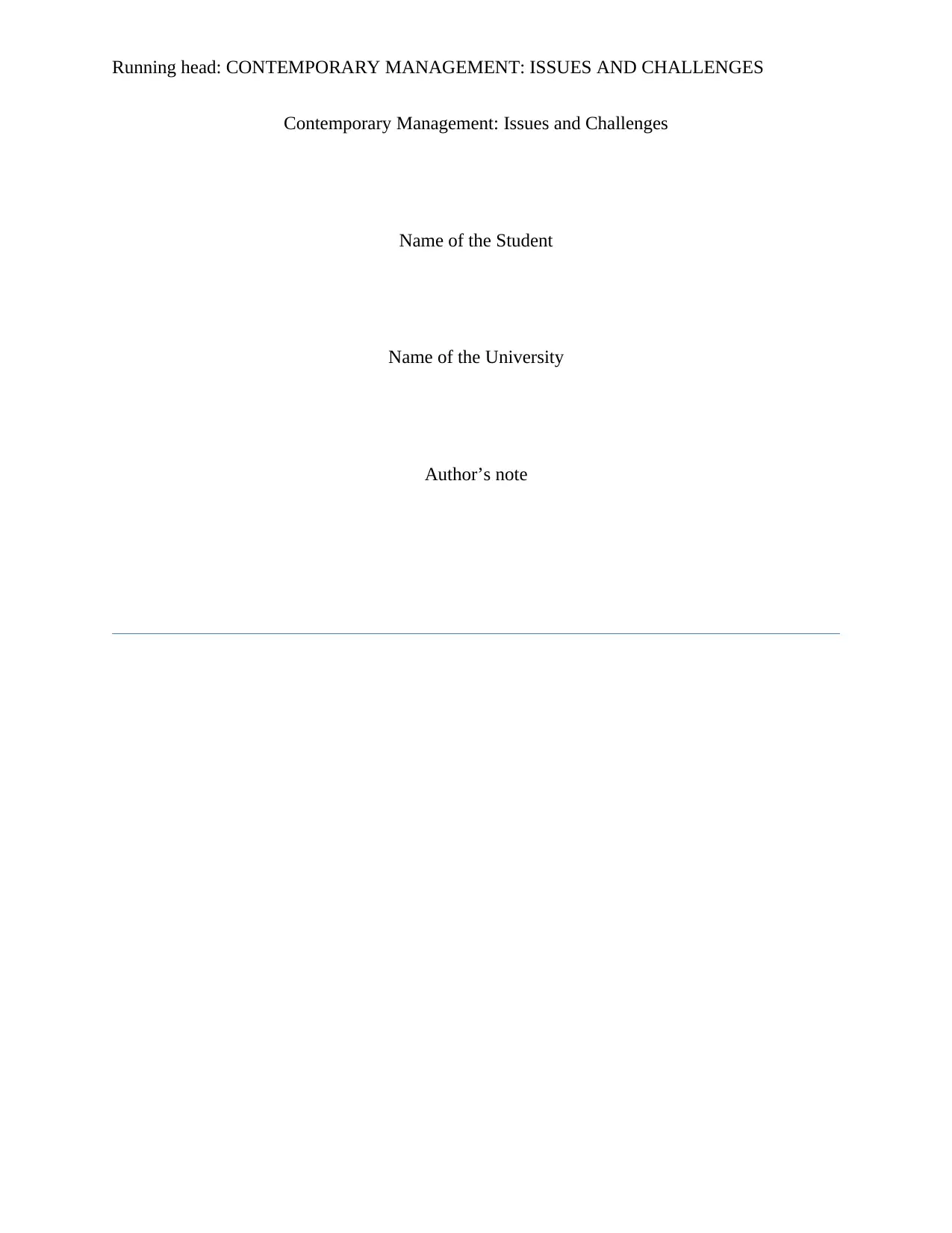
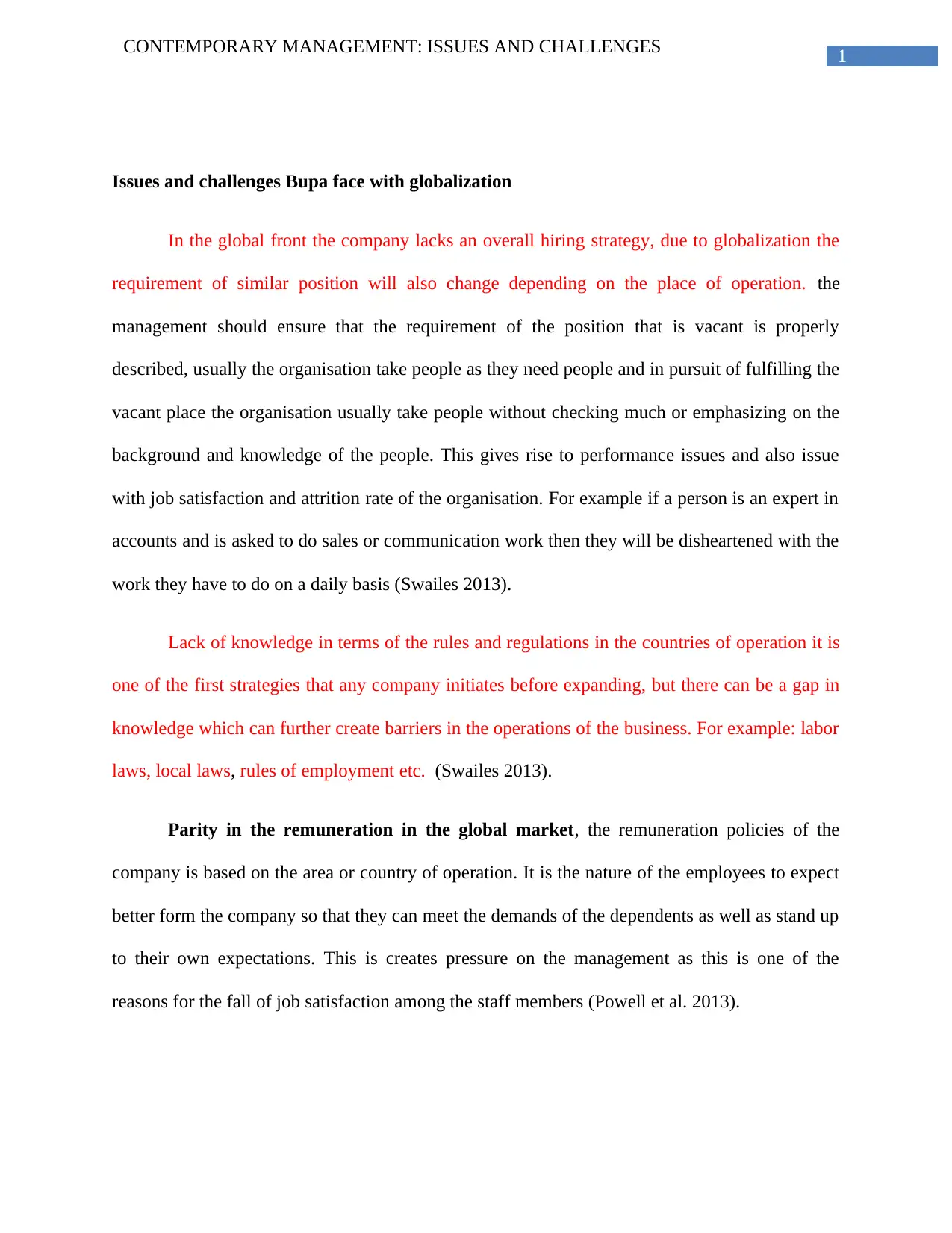
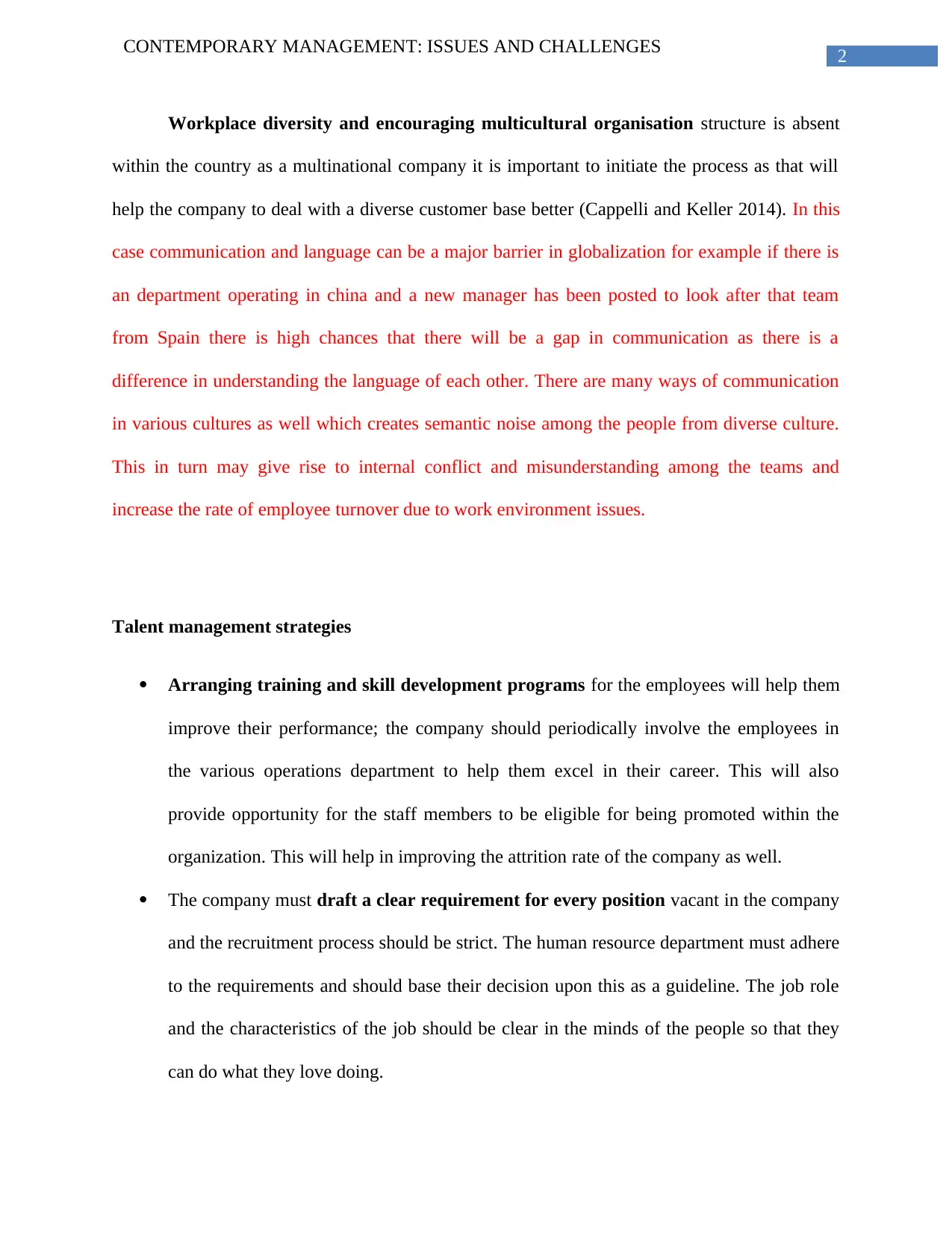

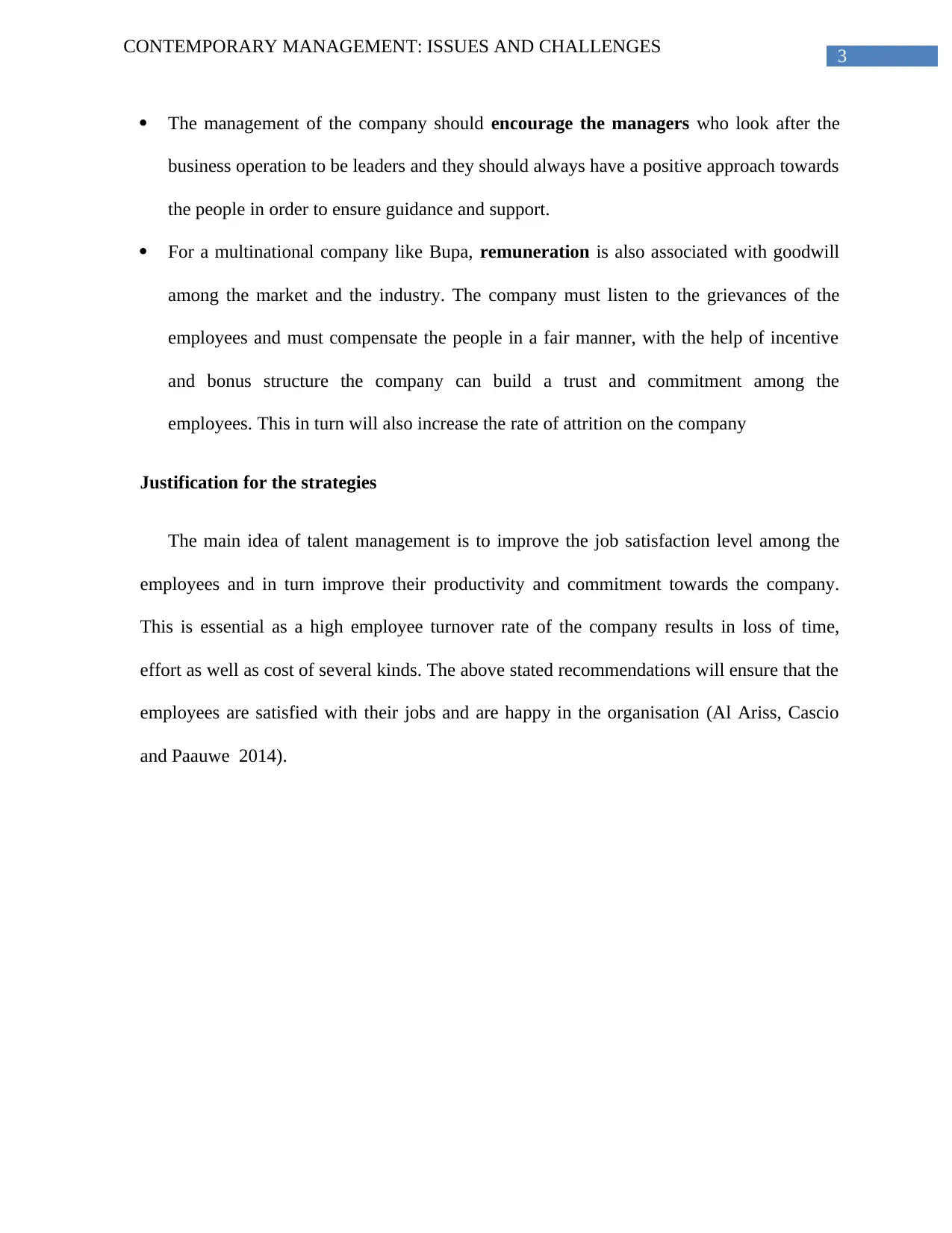
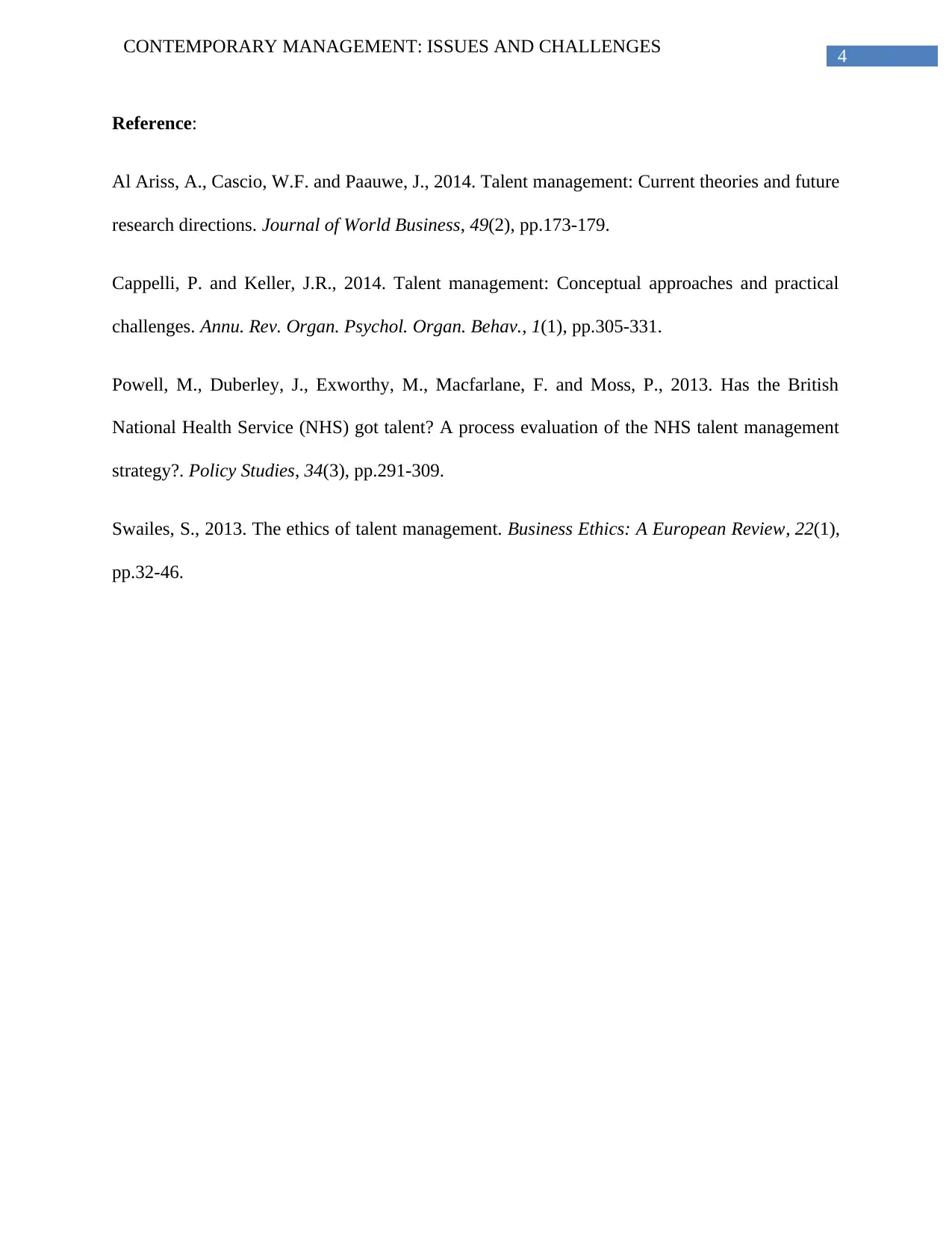






![[object Object]](/_next/static/media/star-bottom.7253800d.svg)